Wainscoting is a decorative wall treatment that has been used for centuries, adding an elegant touch to any room. Originally, wainscoting was used to protect walls from damage and provide insulation, but today, it is used primarily for decorative purposes. There are many different wainscoting ideas that can transform your home and add a touch of elegance to any room.
In this article, we will provide you with inspiration and ideas for wainscotting and hopefully help you decide if this is a textured element that you want to add to your home!
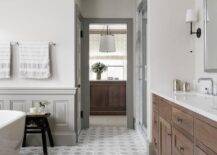
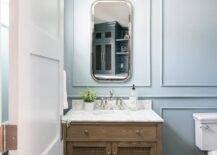
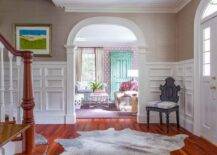
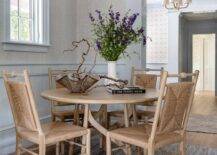
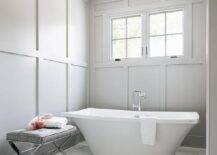
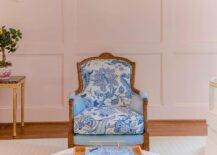
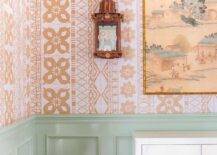
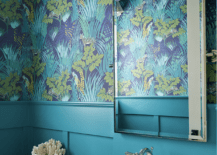
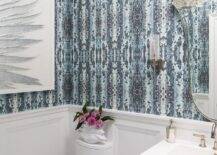
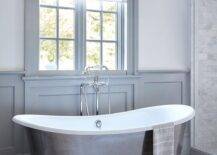
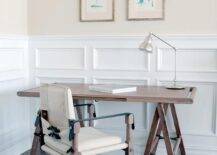
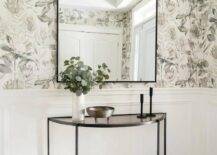
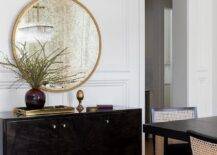
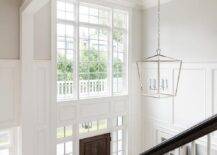
Wainscoting is a decorative wall treatment that involves covering the lower portion of a wall with wood paneling or beadboard. It is a popular design choice for homeowners because it adds texture, depth, and character to a room while also protecting the walls from scuffs and scratches. Wainscoting can also help to visually divide a space and create a more cozy, intimate atmosphere.
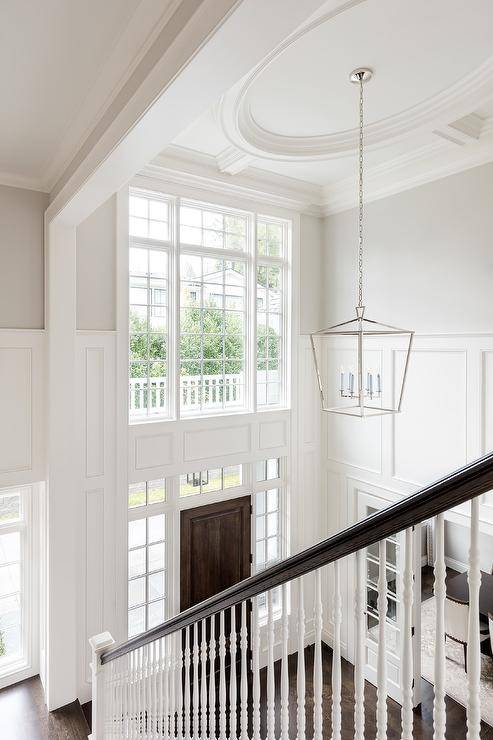
Additionally, it is a versatile design element that can be customized to fit any style, from traditional to modern, and can be painted or stained in a variety of colors to match the overall color palette of a room.
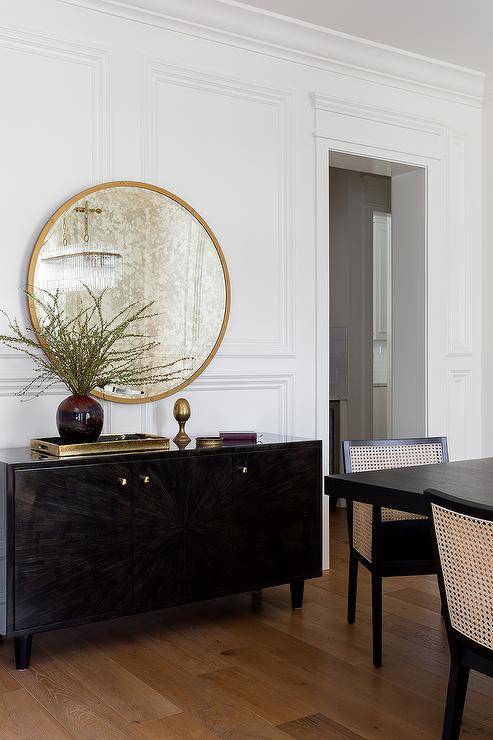
History of Wainscoting
Wainscoting is a type of wall paneling that has been used for centuries to decorate and protect the lower part of interior walls. The word “wainscot” comes from the Old Norse word “vegg-skoti,” which means “wall-shield.” Originally, wainscoting was made from oak boards and was used to protect the walls from the damp and dirt that were common in medieval homes. Over time, wainscoting evolved into a decorative element that was used to add elegance and style to a room.
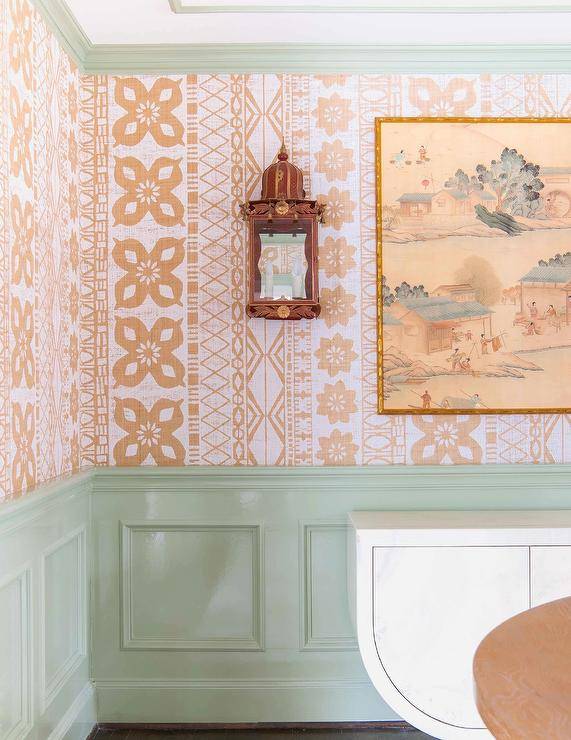
The use of wainscoting became popular during the Tudor period in England, which began in the late 15th century. During this time, wainscoting was made from oak or walnut and was used to protect the walls from damage caused by chairs and other furniture. It was also used to insulate the rooms and to add a decorative touch to the interior.
In the 17th century, wainscoting became more elaborate and was used to create a sense of grandeur and opulence in the homes of the wealthy. Carved motifs and intricate moldings were added to the panels, and the wood was often painted or gilded to create a more ornate look. During this time, wainscoting was also used to cover up unsightly walls or to hide damp or moldy areas.
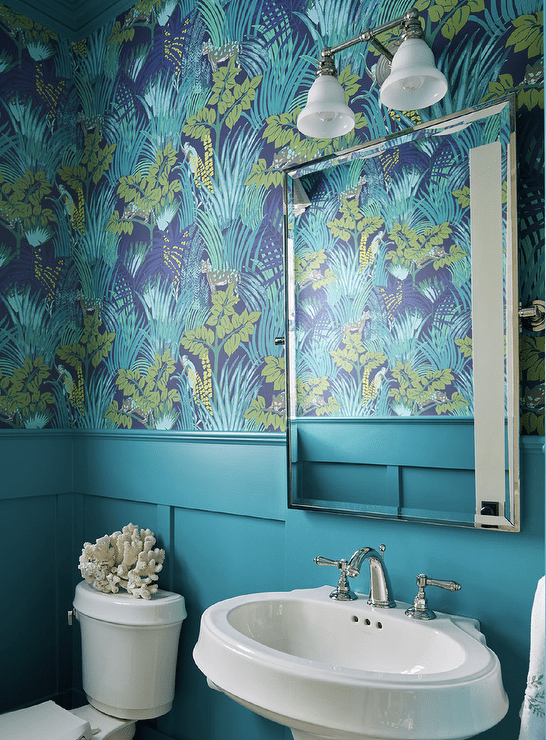
By the 18th century, wainscoting had become a fixture in many homes throughout Europe and America. It was used in a variety of styles, from the simple and understated to the more elaborate and ornate. In the Victorian era, wainscoting was often combined with wallpaper to create a more dramatic effect.
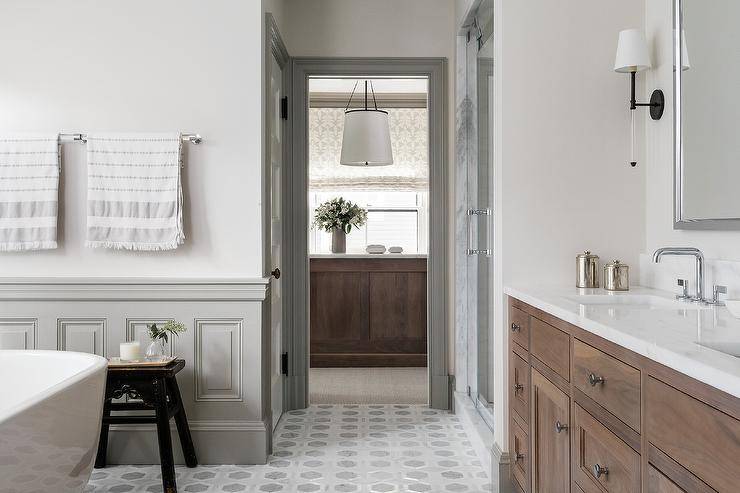
Today, wainscoting is still used in many homes, and it has become a popular way to add character and style to a room. While traditional wood paneling is still used, modern materials such as PVC and MDF have made it possible to create wainscoting in a variety of styles and colors. Whether you prefer a classic look or a more contemporary feel, wainscoting can add a touch of elegance and sophistication to any room.
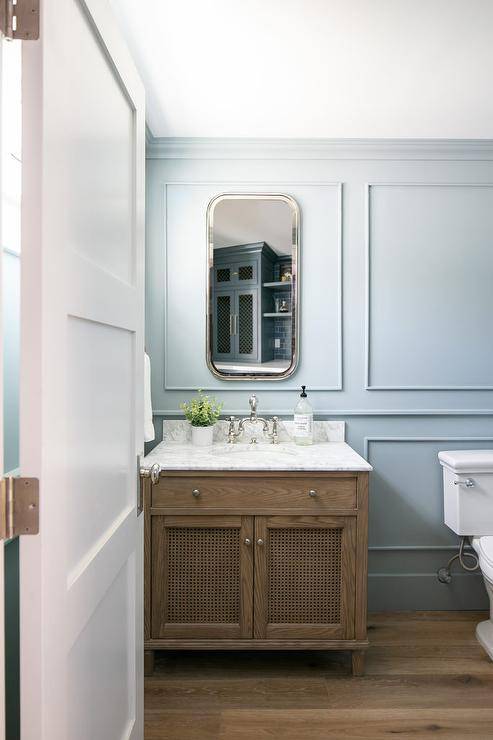
Types of Wainscotting Ideas
There are several types of wainscoting ideas to gain inspiration from, each with its own unique style and benefits.
Raised Panel
Raised panel wainscoting is a classic design that features panels with raised edges. This type of wainscoting is often seen in formal dining rooms or entryways. It adds a sense of elegance and sophistication to a space. However, raised panel wainscoting can be expensive and time-consuming to install.
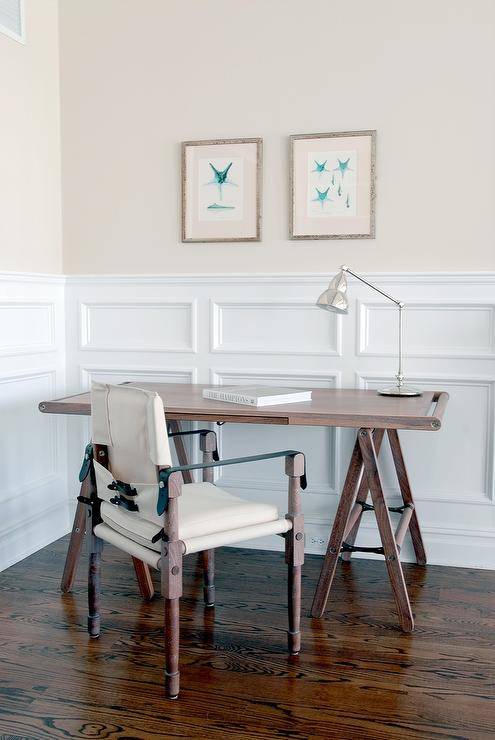
Beadboard
Beadboard wainscoting is another popular option. It features narrow, vertical panels with a beaded groove in between each one. Beadboard is a great choice for bathrooms, kitchens, or any space that needs a touch of cottage charm. It is relatively easy and inexpensive to install, although it may require frequent cleaning to keep dirt and grime from accumulating in the grooves.
Board and Batten
Board and batten wainscoting is a rustic style that features wide, vertical panels with narrow strips of wood (called battens) covering the seams. This type of wainscoting is a great choice for farmhouse or country-style homes. It adds texture and warmth to a space. However, board and batten wainscoting can be difficult to install and may require a lot of measuring and cutting.
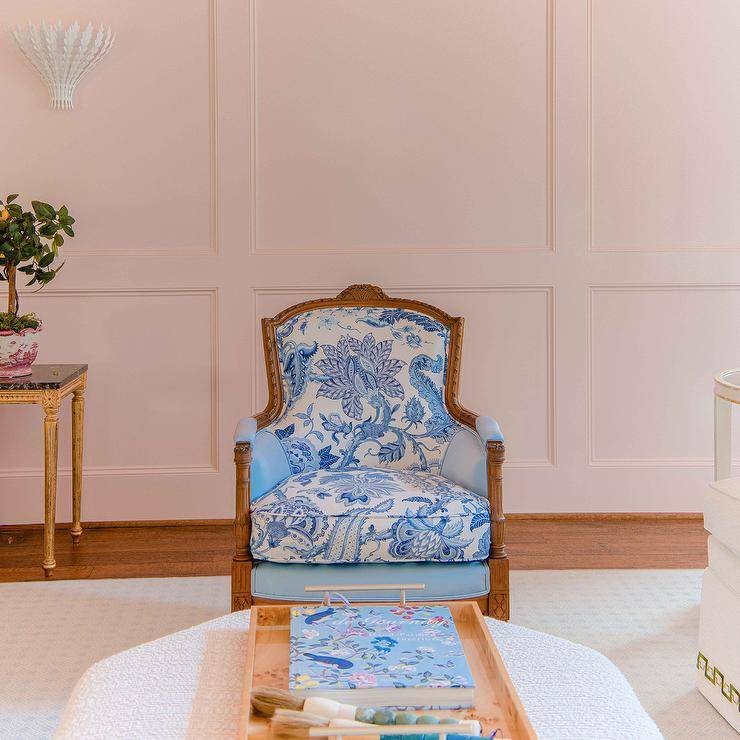
Shiplap
Shiplap wainscoting is a trendy option that has gained popularity in recent years. It features wide, horizontal panels with a small gap between each one. Shiplap is a great choice for modern or coastal-style homes. It adds a sense of casual elegance to a space. However, shiplap wainscoting can be expensive and may require professional installation.
The choice of one of these types of wainscoting ideas should depend on your personal style and the needs of your space. Each type has its own benefits and drawbacks. Whether you choose raised panel, beadboard, board and batten, or shiplap wainscoting, you are sure to add a touch of style and sophistication to your home.
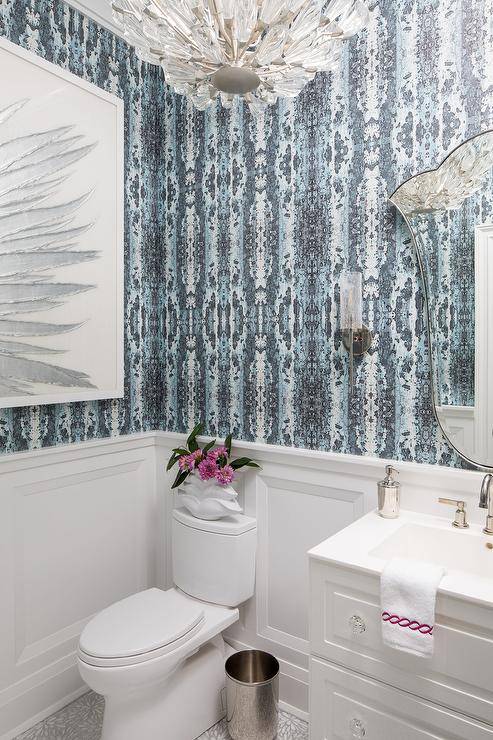
Choosing the Right Style
Choosing the right style of wainscoting for your home can be a daunting task. Here are some tips to help you make the best decision.
First, consider the room’s existing decor. If you have a modern, minimalist style, a simple, clean-lined wainscoting will fit right in. However, if your room is more traditional or rustic, consider more ornate paneling with decorative moldings and carvings.
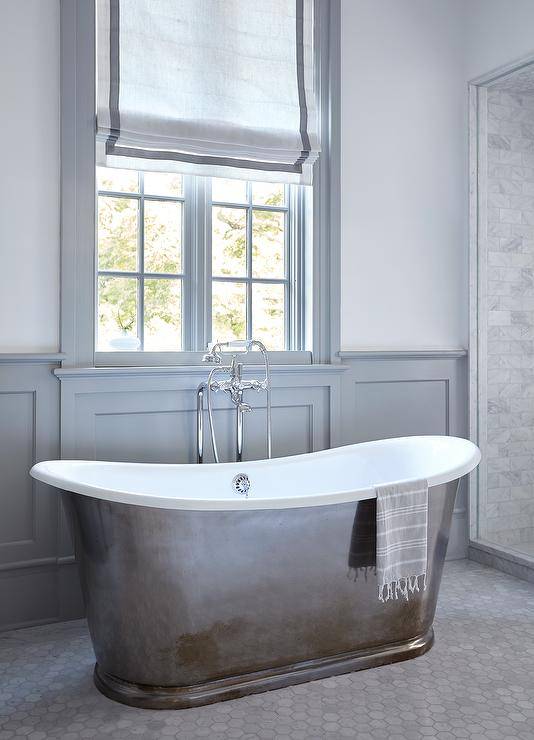
Next, think about your home’s architectural style. If you have a historic home, a classic panel or beadboard wainscoting will complement the period details of your home. On the other hand, if you live in a more contemporary home, a more modern wainscoting style, such as a flat panel or tongue-and-groove design, maybe a better fit.
Finally, consider the practical aspects of your wainscoting. If you have kids or pets, choose a durable material that can withstand wear and tear. If you’re looking to soundproof a room, consider a denser material such as MDF or plywood.
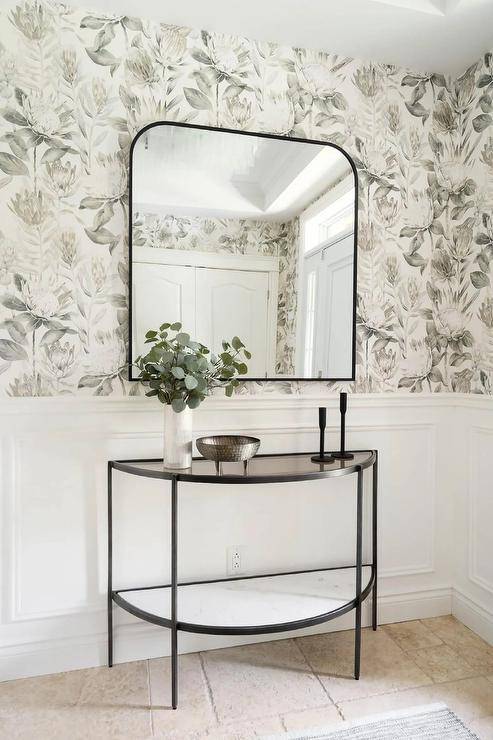
When choosing the right style from the endless wainscoting ideas out there, consider the existing decor of the room, the architectural style of your home, and the practical needs of the space. By taking these factors into account, you’ll be able to choose a wainscoting style that not only looks great but also functions well for your home.
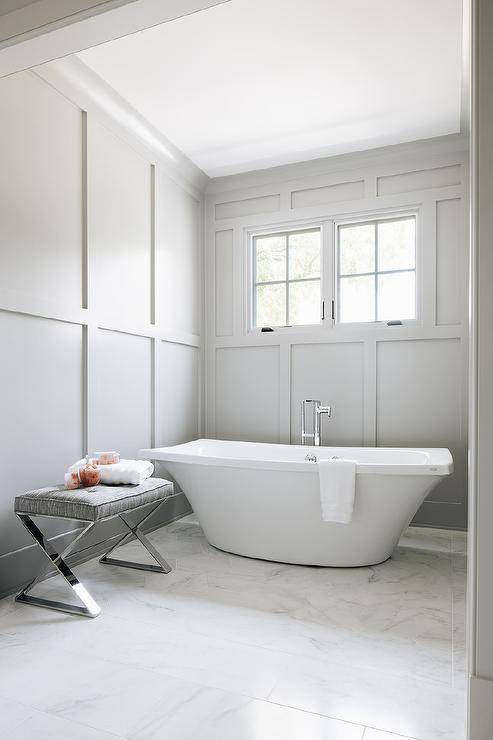
Tips for the DIY Route
Installing wainscoting is a great way to add a touch of elegance to any room, and doing it yourself can be a great way to save money. Here are some tips for DIYers who want to install wainscoting on a budget:
- Rent tools if necessary: If you don’t already have the tools you need to install wainscoting, consider renting them instead of buying them. This can save you a lot of money, especially if you only plan to use the tools once.
- Use inexpensive materials: Wainscoting can be made from a variety of materials, and some are more expensive than others. If you’re on a budget, consider using inexpensive materials like MDF or beadboard instead of more expensive options like solid wood. However, be sure that the materials are adequate to achieve the desired look of your favorite wainscoting idea.
- Do it yourself: The biggest cost savings when installing wainscoting is the labor. By doing it yourself, you can save a lot of money on installation costs. Plus, it can be a fun and satisfying project to tackle on your own.
- Plan ahead: Before you start your project, make sure you have a plan in place by picking a style that you like. Measure the room carefully, choose your materials, and know exactly what you need to do before you start. This will help you avoid costly mistakes and ensure that your project goes smoothly.
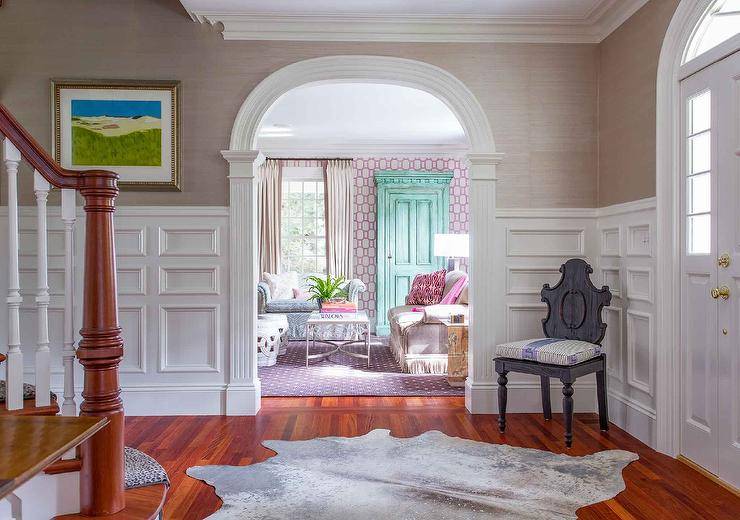
Overall, installing wainscoting yourself can be a great way to save money. By renting tools, using inexpensive materials, doing it yourself, and narrowing your mind to the best wainscoting ideas, you can create a beautiful and elegant look in your home without breaking the bank.
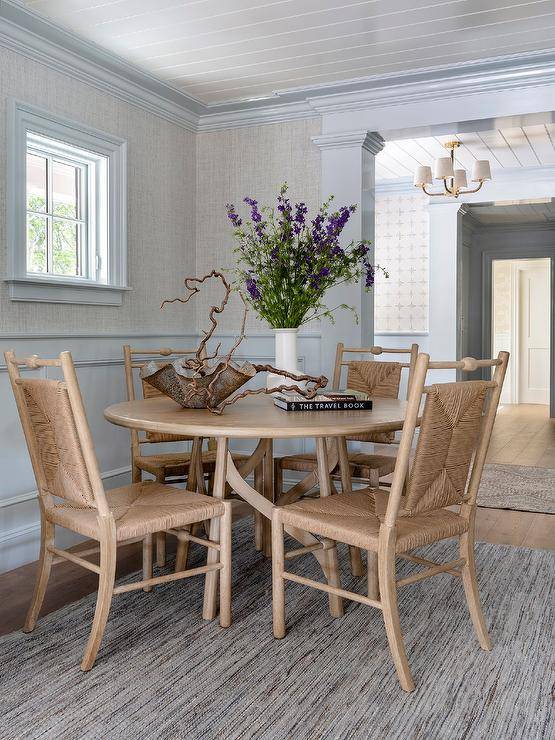
Frequently Asked Questions (FAQs)
What is wainscoting?
Wainscoting is a type of decorative paneling that is applied to the lower portion of a wall. It can be made from a variety of materials, including wood, MDF, and PVC.
What are the benefits of wainscoting?
Wainscoting can add visual interest and texture to a room, as well as provide protection for walls from scuffs and scratches. It can also help to create a more formal, traditional look in a space.
How high should wainscoting be installed?
The height of the wainscoting can vary depending on personal preference and the style of the room. As a general rule, it should be installed at least one-third of the way up the wall, but it can be higher if desired.
Can wainscoting be painted?
Yes, wainscoting can be painted to match the existing color scheme of a room. It’s important to use a paint that is appropriate for the material of the wainscoting.
What is the difference between wainscoting and beadboard?
Beadboard is a type of wainscoting that features narrow, vertical planks with a beaded edge. While all beadboard is wainscoting, not all wainscoting is beadboard.
How do you clean and maintain wainscoting?
Wainscoting can be cleaned with a soft cloth and mild soap and water. Avoid using abrasive cleaners or scrub brushes, as they can damage the surface. Regular dusting and occasional touch-up painting can help to keep it looking its best.
Can wainscoting be installed over existing drywall?
Yes, wainscoting can be installed over existing drywall. However, it’s important to ensure that the wall is clean, smooth, and properly prepped before installation to ensure a secure and long-lasting installation.
You’re reading Wainscoting Ideas for a Stylish Home Transformation, originally posted on Decoist. If you enjoyed this post, be sure to follow Decoist on Twitter, Facebook and Pinterest.
www.decoist.com










